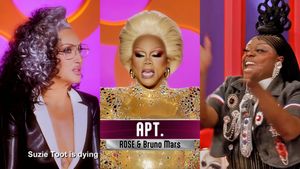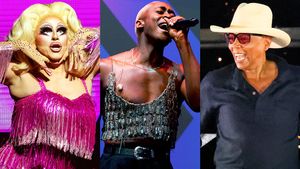News
Nearly 20% of LGBT Renters Owe Back Rent, Half of Those Fear Eviction

Rowhouses in Harlem
LGBT people are much more likely to rent their homes rather than own them, compared to straight and cisgender individuals.

Neal Broverman
Neal Broverman is the Editorial Director, Print of Pride Media, publishers of The Advocate, Out, Out Traveler, and Plus, spending more than 20 years in journalism. He indulges his interest in transportation and urban planning with regular contributions to Los Angeles magazine, and his work has also appeared in the Los Angeles Times and USA Today. He lives in the City of Angels with his husband, children, and their chiweenie.
Neal Broverman is the Editorial Director, Print of Pride Media, publishers of The Advocate, Out, Out Traveler, and Plus, spending more than 20 years in journalism. He indulges his interest in transportation and urban planning with regular contributions to Los Angeles magazine, and his work has also appeared in the Los Angeles Times and USA Today. He lives in the City of Angels with his husband, children, and their chiweenie.
September 01 2021 12:05 PM EST
September 01 2021 12:24 PM EST
Nbroverman

















































































Fans thirsting over Chris Colfer's sexy new muscles for Coachella